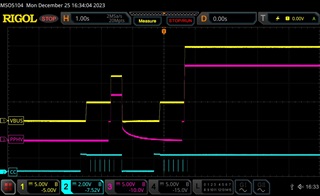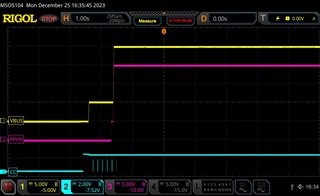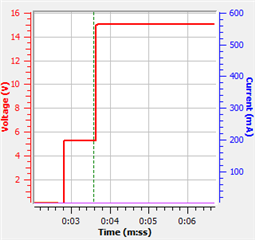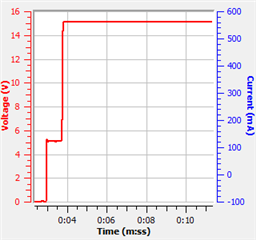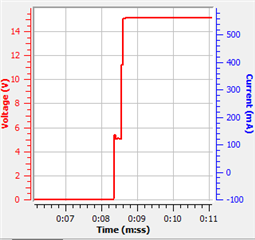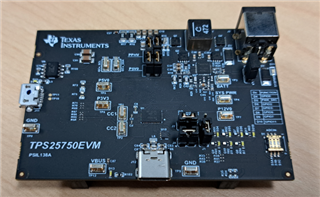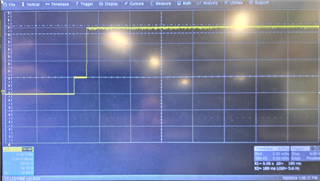Hi team,
I set the TPS25750EVM to Sink Only mode with a sink power configuration of 60W (20V).
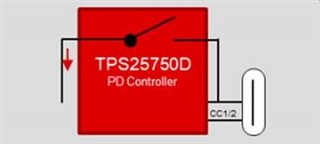
As shown in the diagram below, after powering up the PD Power Supply, there is communication between the PD Power Supply and the EVM on the CC line. This leads to voltage level changes on VBUS, ranging from 5V to 12V. Additionally, the PPHV path conducts when VBUS is at the 12V. Subsequently, VBUS power is shut down. Finally, VBUS voltage restarts and rises back up to 20V, with the PPHV path also conducting and outputting 20V.
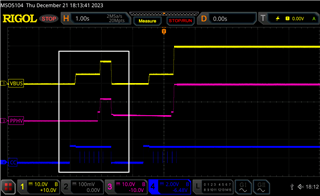
My question is whether it's possible to control the behavior of the sink power path, specifically to keep the sink power path closed until VBUS reaches a specified voltage level.


